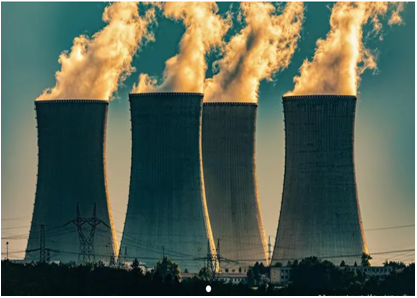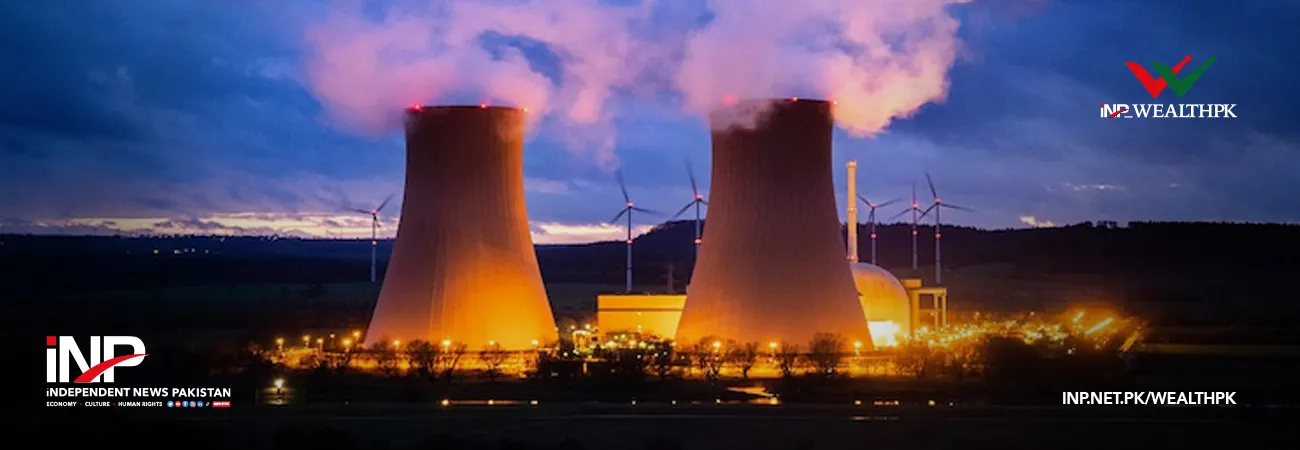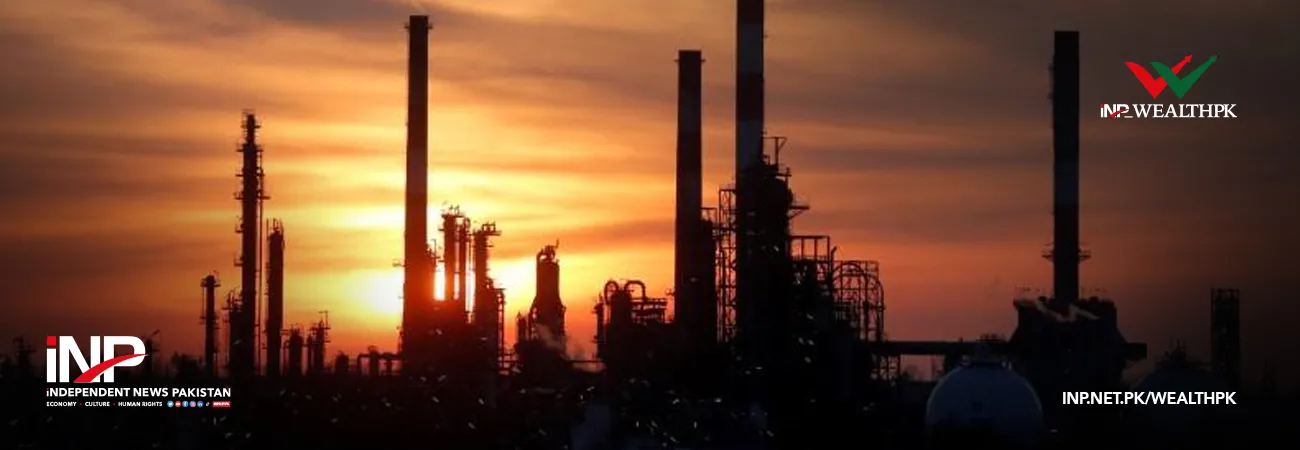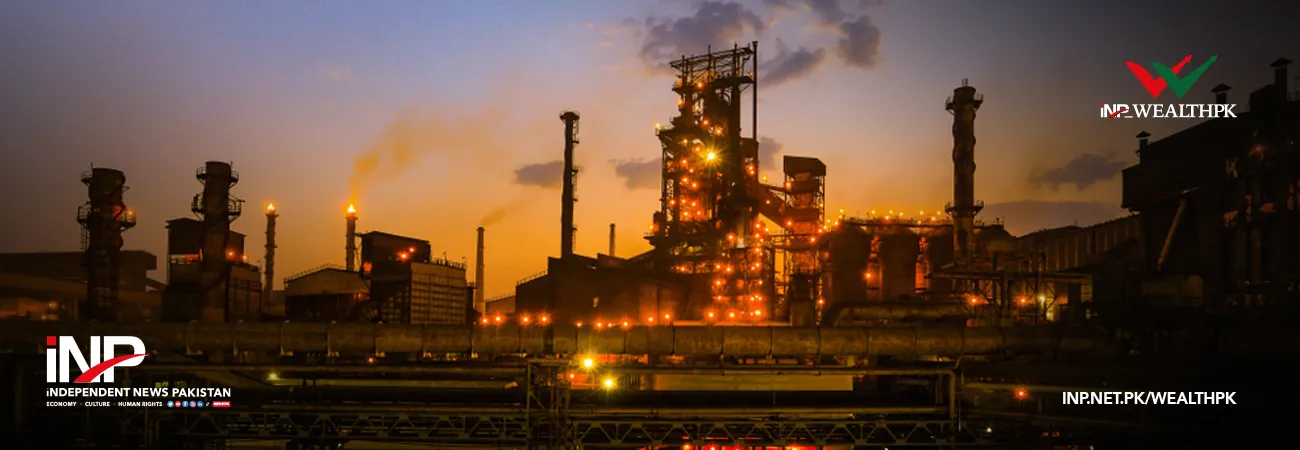INP-WealthPk
Ayesha Saba
The Chashma-5 Nuclear Power Plant marks a significant advancement for Pakistan in the energy sector under the China-Pakistan Economic Corridor (CPEC). Experts agree that it is pivotal to drive Pakistan toward energy independence and sustainable development.

Talking with WealthPK, Muhammad Arif Goheer, Principal Scientific Officer at the Pak-NDC Secretariat, Global Change Impact Studies Centre (GCISC), Ministry of Climate Change, underscored the transformative potential of nuclear power in addressing Pakistan's energy and economic challenges.
“Nuclear energy is a clean, reliable, and cost-effective source of power that offers distinct advantages over traditional fossil fuels and even some renewable energy sources,” he noted. “This shift is particularly crucial for Pakistan –a nation that is not only a signatory to the Paris Climate Agreement but also one of the countries most vulnerable to the adverse impacts of climate change,” he said.
However, he pointed out significant structural issues in the existing power sector that need to be addressed in parallel with the development of nuclear energy. “The country’s transmission and distribution capacity is limited to approximately 22,000MW, which is grossly insufficient to meet the peak demand, particularly during the sizzling summer months.
This results in prolonged electricity outages that disrupt daily life and economic activity,” he explained. Arif further highlighted the glaring issue of energy access, stating that over 50 million people in Pakistan remain disconnected from the national grid, deprived of even basic electricity services. “The CPEC is poised to enter a transformative phase with the development of Chashma-5 Nuclear Power Plant.
This project, with its significant nuclear power generation capacity, is expected to address the key energy challenges by providing a stable, cost-effective, and environmentally sustainable source of electricity,” he said. “The nuclear power offers a reliable baseload supply, which is essential for supporting industrial growth and ensuring long-term economic stability. By generating more energy domestically through the nuclear power, Pakistan can save valuable foreign exchange, stabilize currency, and reduce the fiscal burden associated with energy imports," he said.
According to Ahsan Iqbal, Federal Minister for Planning, Development and Special Initiatives, the development of mega projects like C-5, with the support of China, reflects the Chinese leadership’s trust and confidence in Pakistan’s economy. “This investment strengthens the energy sector and demonstrates Pakistan’s potential as a reliable partner in large-scale infrastructure and technological projects,” he added.
Currently, Pakistan’s nuclear power plants, including the four operational units at Chashma (C-1, C-2, C-3, and C-4) and two at Karachi, contribute over 3,530MW to the national grid. Pakistan’s power generation clocked in at 7,800GWh (10,484MW) in December 2024, an increase of 1% YoY compared to the same period of the previous year, suggesting an uptick in economic activity.
Back in December 2023, the power generation stood at 7,726GWh, according to the data from Arif Habib Limited (AHL). In December 2024, 2,065GWh nuclear electricity was generated, emerging as Pakistan’s leading source of power generation, accounting for 26.5% of the generation mix. This was followed by hydel, which accounted for 22.8% of the overall generation, ahead of RLNG, which accounted for 20.7%.
Credit: INP-WealthPk













